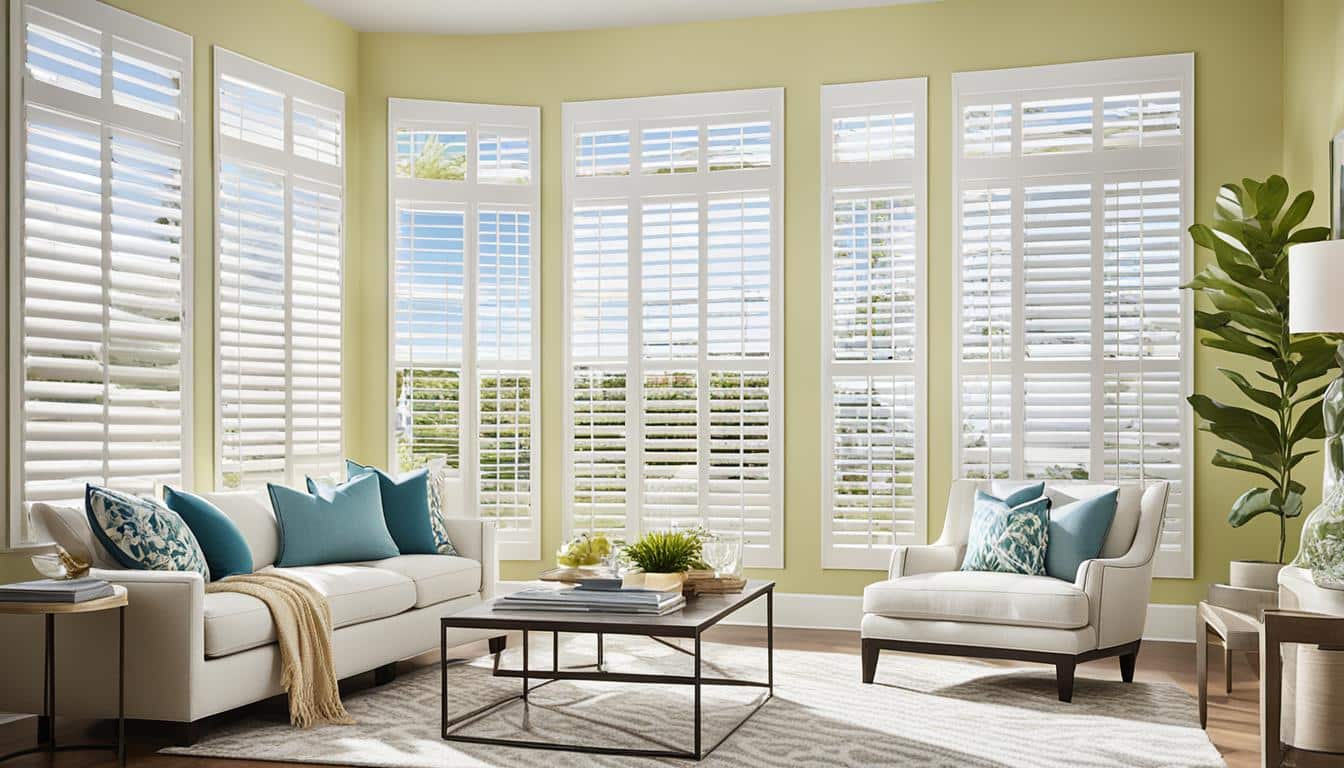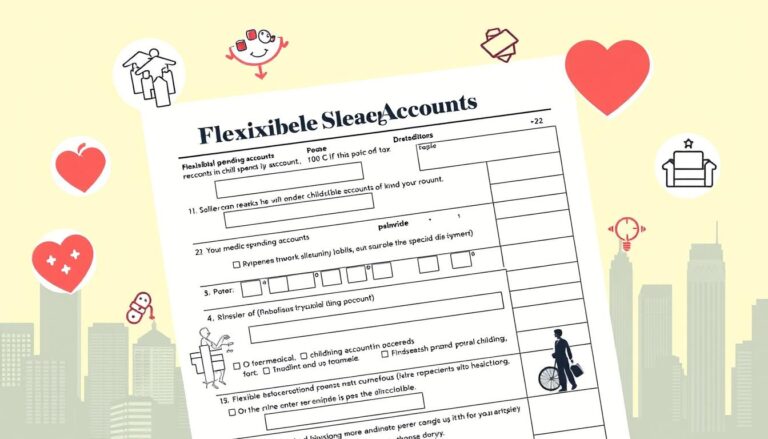Are you tired of high energy bills and looking for ways to save money? Have you considered installing plantation shutters in your home? You may be surprised to learn that these stylish window coverings not only enhance the beauty of your home but also offer significant tax benefits. Yes, you heard it right! Plantation shutters can help you save money on your taxes. But how exactly are plantation shutters tax deductible? Let’s dig deeper to find out!
Plantation shutters are more than just a decorative addition to your windows. They are designed to provide insulation, keeping your home cooler in the summer and warmer in the winter. By reducing the workload on your HVAC system, plantation shutters can lower your energy costs and ultimately lower your utility bills. So, not only do they enhance the aesthetic appeal of your home, but they also help you cut down on your energy expenses.
But here’s the intriguing part – plantation shutters can also qualify for tax deductions. The U.S. government offers tax incentives for homeowners who make energy-efficient improvements to their homes, and plantation shutters fall under this category. By understanding the eligibility criteria and following the necessary steps, you can potentially save even more money on your taxes. Ready to uncover the secrets of plantation shutters and tax savings? Let’s get started!
Key Takeaways:
- Plantation shutters can help you save money on your energy bills by providing insulation and reducing the workload on your HVAC system.
- They can also qualify for tax deductions as part of the U.S. government’s incentives for energy-efficient home improvements.
- By meeting the eligibility criteria and completing the necessary steps, you can potentially enjoy significant tax savings with plantation shutters.
- Keep records of your purchase, installation, and any energy-efficiency certifications to support your claim for tax deductions.
- Consulting with a tax professional can help ensure that you dot all the i’s and cross all the t’s when claiming tax deductions for plantation shutters.
How Plantation Shutters Can Lower Your Energy Costs
Plantation shutters have gained popularity not only for their timeless beauty but also for their energy-saving features. These energy-efficient window coverings can help you achieve lower energy costs and reduce your electricity bills.
One of the key advantages of plantation shutters is their ability to provide insulation for your home. The design of these shutters allows them to effectively regulate the temperature inside your rooms, keeping them cooler in the summer and warmer in the winter.
This natural insulation helps reduce the workload on your HVAC system, resulting in lower energy consumption and ultimately, decreased electricity bills. By investing in plantation shutters, you can create a more comfortable living environment while also saving money on your monthly energy expenses.
What sets plantation shutters apart is their adjustable louvers. These louvers give you complete control over the amount of natural light and heat that enter your home. By adjusting the angle of the louvers, you can allow in more sunlight during the colder months to naturally warm your rooms, or tilt them closed to prevent excessive heat gain during the summer.
Did You Know? Plantation shutters provide up to three times the insulation of standard blinds or curtains, making them a highly effective choice for reducing energy costs and enhancing energy efficiency in your home.
When it comes to energy-efficient window coverings, plantation shutters are a top choice. Their stylish design, combined with their ability to lower energy costs, makes them a worthwhile investment for any homeowner.
| Benefits of Plantation Shutters for Energy Savings |
|---|
| 1. Reduced energy consumption |
| 2. Lower electricity bills |
| 3. Enhanced insulation |
| 4. Control over natural light and heat |
Tax Deductions for Energy-Efficient Home Improvements
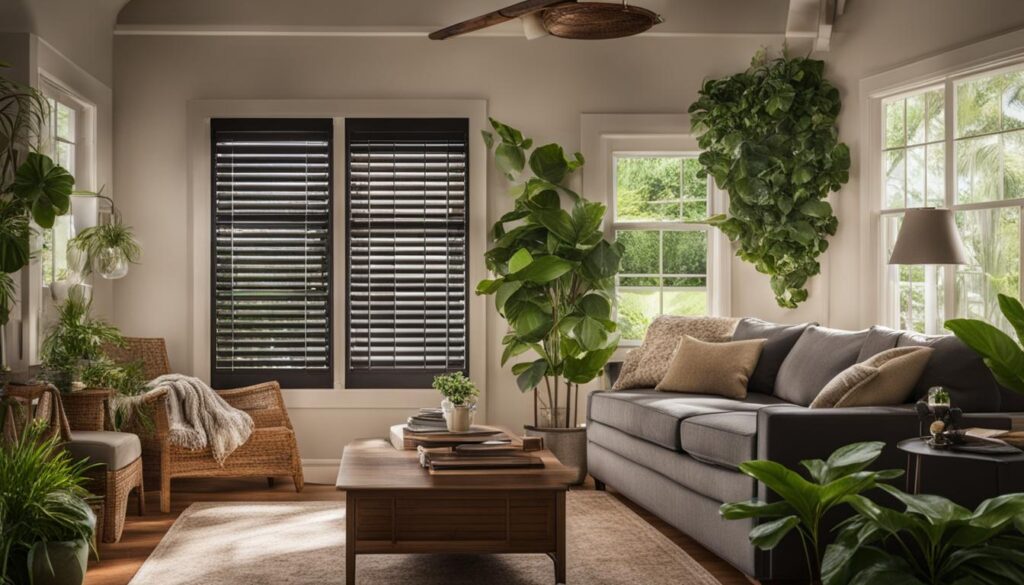
If you’re considering making energy-efficient upgrades to your home, such as installing plantation shutters, you’ll be pleased to know that there are tax deductions available to help offset the cost. The U.S. government offers federal tax credits for energy efficiency, encouraging homeowners to make environmentally-friendly improvements that can lower energy consumption and reduce greenhouse gas emissions.
IRS guidelines outline the eligibility requirements and limitations for claiming tax deductions on energy-efficient home improvements. By following these guidelines and familiarizing yourself with the specific requirements, you can ensure that you maximize your tax savings while enjoying the benefits of a more energy-efficient home.
Understanding Federal Tax Credits for Energy Efficiency
The federal tax credits for energy efficiency are designed to incentivize homeowners to invest in energy-saving improvements. These tax credits provide financial relief by reducing the amount of income tax you owe. It’s important to note that federal tax credits are different from tax deductions. Tax credits directly decrease the amount of tax you owe, while tax deductions reduce your taxable income, resulting in potential savings.
The key advantage of federal tax credits for energy efficiency is that they offer a dollar-for-dollar reduction in your tax liability. This means that if you qualify for a $2,000 tax credit, your tax bill will be reduced by $2,000.
IRS Guidelines for Home Improvement Tax Deductions
The IRS provides guidelines for claiming tax deductions on energy-efficient home improvements. To ensure you meet the requirements, here are some important points to consider:
- Energy-efficient improvements must be made to your primary residence.
- IRS guidelines specify the maximum deduction amount, which varies depending on the improvement and installation date.
- You’ll need to keep documentation of the energy-efficient features and their cost, such as receipts and energy efficiency certifications.
It’s recommended to consult with a tax professional or review the specific IRS guidelines for home improvement tax deductions to ensure compliance and optimize your potential savings.
Claiming tax deductions for energy-efficient home improvements can help make your home more eco-friendly while providing potential financial benefits. Whether you’re considering installing plantation shutters or other energy-saving upgrades, understanding the available tax incentives can make a significant difference in your overall savings. Remember to keep detailed records and consult with a tax professional to ensure you take full advantage of the tax deductions for energy-efficient home improvements.
Eligibility Criteria for Claiming Tax Deductions for Plantation Shutters
In order to qualify for tax deductions for plantation shutters, they must meet certain energy-efficient criteria. Look for plantation shutters that have ENERGY STAR certification or other recognized energy-efficient certifications. The IRS guidelines may require specific documentation to prove the energy efficiency of your window coverings. It’s important to keep records of your purchase and installation to support your claim for tax deductions.
Criteria for Eligible Plantation Shutters
- Plantation shutters must have ENERGY STAR certification or other recognized energy-efficient certifications.
- The shutters should have adjustable louvers to allow control over natural light and heat.
- Thermal insulation properties of the shutters should reduce the workload on your HVAC system.
- Plantation shutters should be designed to minimize heat gain or loss through windows.
Documentation for Tax Deduction Claims
When claiming tax deductions for plantation shutters, it’s essential to have the proper documentation to support your claim. The IRS may require the following:
- Proof of purchase and installation of the energy-efficient plantation shutters.
- Evidence of the shutters’ energy-efficient certifications such as ENERGY STAR.
- Receipts and invoices detailing the cost of the shutters and any related installation fees.
Tax Benefits of Energy-Efficient Window Coverings
By meeting the eligibility criteria and providing the necessary documentation, you can enjoy the tax benefits associated with energy-efficient plantation shutters. These tax savings can help reduce the overall cost of your home improvement project and provide long-term energy savings.
| Tax Benefits of Energy-Efficient Plantation Shutters | Description |
|---|---|
| Tax Deductions | Qualify for deductions on your federal income tax return, reducing your taxable income and potentially lowering your overall tax bill. |
| Energy Savings | Energy-efficient plantation shutters can lower your energy consumption, resulting in reduced utility bills and long-term cost savings. |
| Environmental Impact | By reducing energy consumption, energy-efficient window coverings like plantation shutters help reduce greenhouse gas emissions and promote a more sustainable environment. |
Steps to Claim Tax Deductions for Plantation Shutters
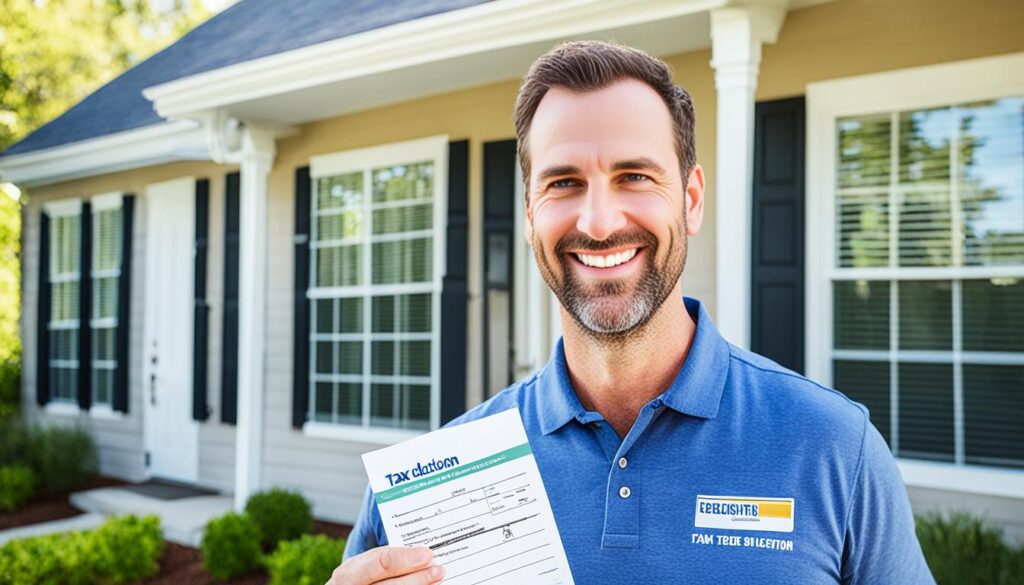
Claiming tax deductions for your energy-efficient plantation shutters involves a few important steps. By following these guidelines and ensuring you have the necessary documentation, you can maximize your tax savings. Let’s take a look at the process:
- Complete the appropriate IRS forms: To begin, you will need to fill out the necessary IRS forms for home improvement deductions. These forms provide the foundation for your claim and require specific information about your plantation shutters. Be sure to accurately and thoroughly complete these forms to avoid any complications or delays.
- Provide details about energy-efficient features: When completing the IRS forms, you may be required to provide details about the energy-efficient features of your plantation shutters. This information helps the IRS understand the value and impact of your home improvement. Mention any certifications or ratings that your shutters have obtained to further support your claim.
- Include the cost of installation: It’s important to include the cost of installation when claiming tax deductions for your plantation shutters. This expense contributes to the overall value of your home improvement and can help increase your eligible deduction. Keep receipts or invoices from the installation process to support this claim.
- Gather supporting documentation: Apart from the IRS forms, it’s crucial to gather any additional supporting documentation that strengthens your claim. This may include receipts for the purchase of the plantation shutters, energy efficiency certifications, and any other relevant paperwork. These documents serve as evidence of your eligibility for the tax deductions and ensure a smooth review process.
- Consult with a tax professional: If you’re uncertain about the process or want to ensure that you’ve completed all the necessary steps correctly, it’s advisable to consult with a tax professional. They can provide expert guidance and help you navigate the complexities of tax deductions for home improvements. Their expertise will ensure that you maximize your savings and avoid any potential errors or omissions.
By following these steps and completing the required documentation, you can confidently claim your tax deductions for the energy-efficient plantation shutters in your home. Remember, it’s always wise to consult with a tax professional to ensure accurate filing and to explore any additional tax benefits you may be eligible for.
| Steps to Claim Tax Deductions for Plantation Shutters |
|---|
| Complete the appropriate IRS forms |
| Provide details about energy-efficient features |
| Include the cost of installation |
| Gather supporting documentation |
| Consult with a tax professional |
Other Tax Benefits of Energy-Efficient Home Improvements
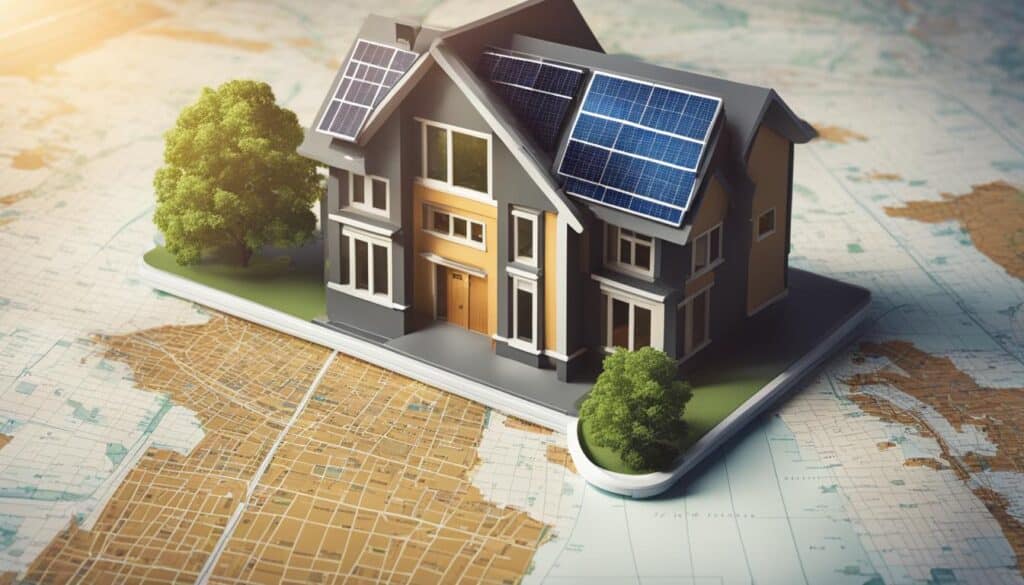
Did you know that energy-efficient home improvements, like plantation shutters, can provide additional tax benefits in addition to tax deductions? In your quest to save money and reduce your carbon footprint, exploring these extra incentives can make a significant difference. Let’s take a closer look at two valuable tax benefits you might be eligible for!
Residential Energy Tax Credit
The residential energy tax credit is an exciting opportunity for homeowners who embrace energy efficiency. It rewards you with a tax credit for a portion of the cost of qualifying improvements. This credit directly reduces your tax liability, providing even greater savings.
To take advantage of the residential energy tax credit, make sure you keep track of your expenses related to energy-efficient upgrades, such as the installation of plantation shutters. By documenting the costs and ensuring your upgrades meet the necessary requirements, you can potentially benefit from this attractive tax incentive.
State-Specific Tax Incentives
Many states offer their own tax incentives to encourage energy-efficient upgrades. These state-specific programs provide even more savings on top of federal tax benefits. To find out what tax incentives are available in your area, visit your state’s official website or consult with a knowledgeable tax professional.
State-specific tax incentives vary, so it’s worth doing your research to maximize your savings. These incentives can include tax credits, rebates, or other financial rewards for making eco-friendly choices in your home.
By considering both the residential energy tax credit and state-specific tax incentives, you can enjoy additional tax benefits and boost your overall savings. Don’t overlook these opportunities to make your home more environmentally friendly while keeping more money in your pocket.
Conclusion: Save Money and Energy with Plantation Shutters
Plantation shutters are not just a stylish addition to your home; they can also help you save money and energy. With their energy-efficient properties, plantation shutters provide insulation that can lower your energy costs. By reducing the workload on your HVAC system, these window coverings can decrease your electricity bills.
But the benefits don’t stop there. Plantation shutters also offer tax savings through the available deductions and benefits for energy-efficient home improvements. By taking advantage of these incentives, you can further reduce your expenses while enjoying a more comfortable living environment.
So why wait? Start exploring your options for energy-efficient plantation shutters today and make the most of both style and tax savings. Transform your home’s look while keeping your energy bills in check. Embrace the elegance and functionality of plantation shutters and reap the rewards of a more energy-efficient and cost-effective home.

